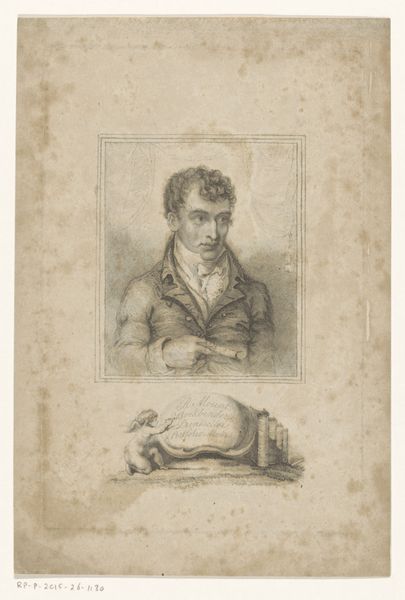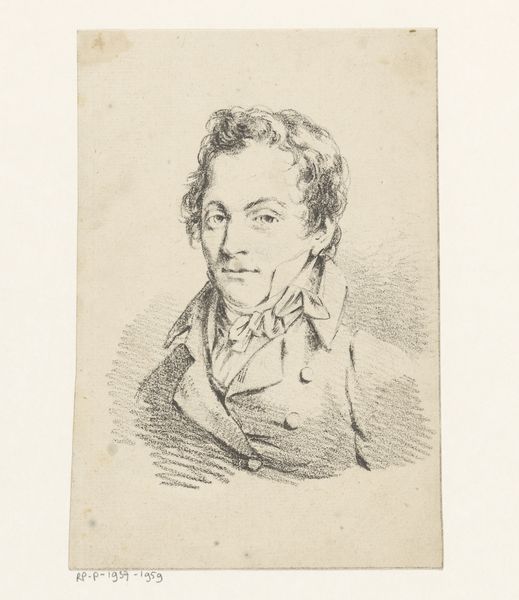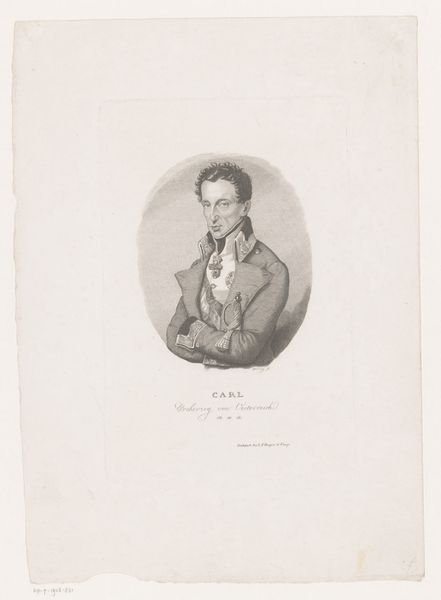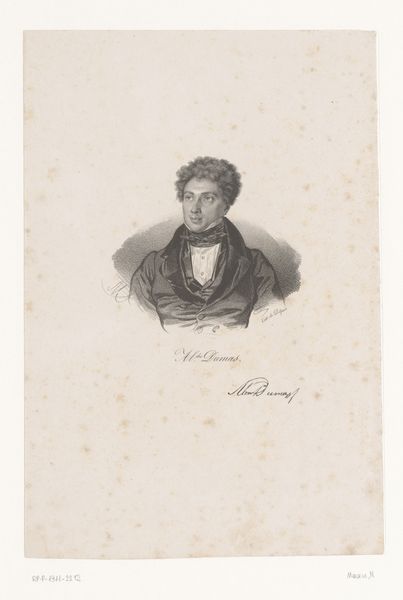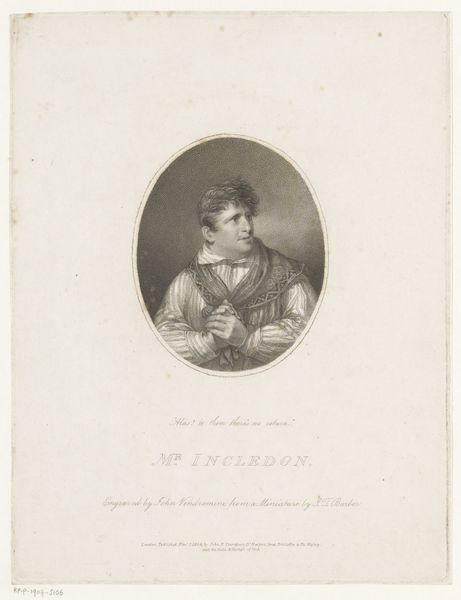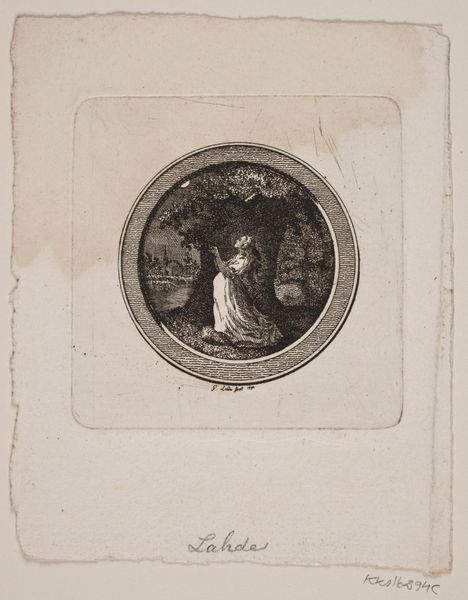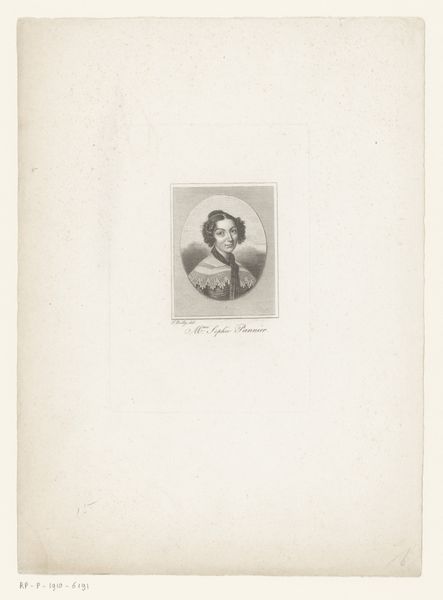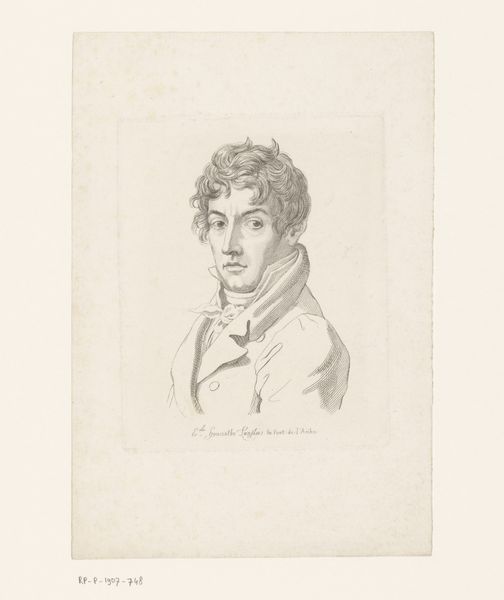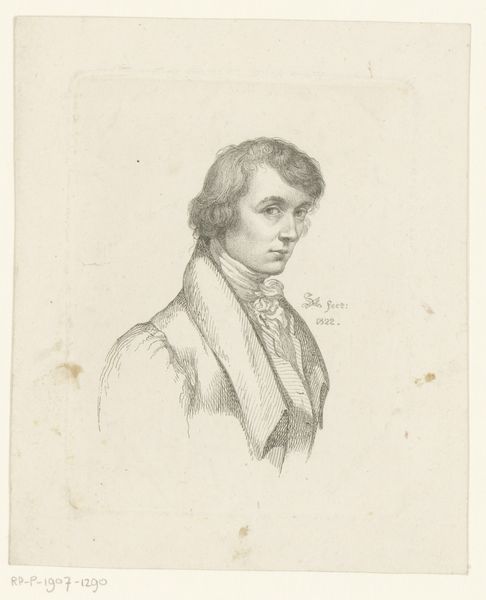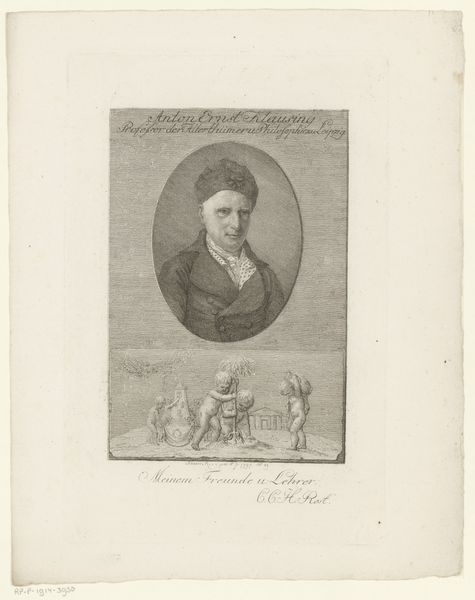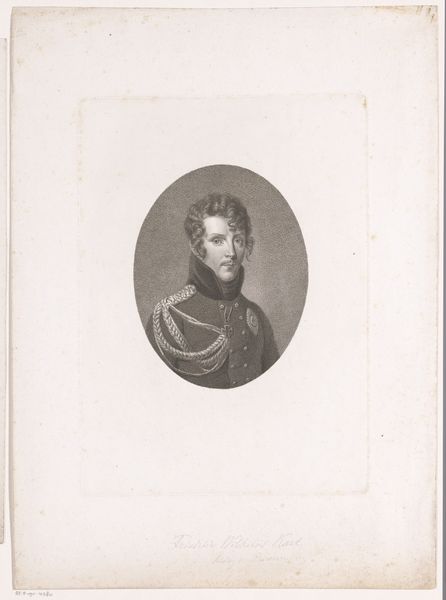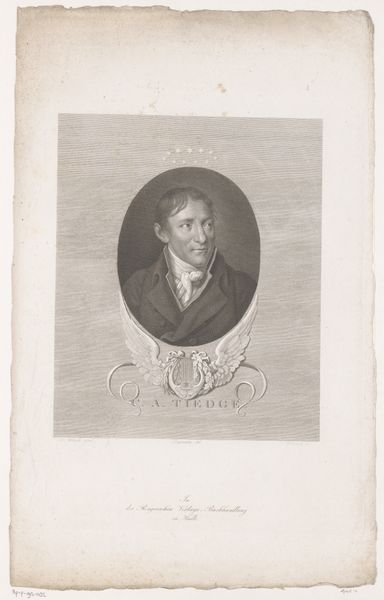
Portrait of a Young Gentleman Surrounded by Cupids; Lord Byron? c. 19th century
0:00
0:00
print, engraving
#
portrait
# print
#
old engraving style
#
figuration
#
romanticism
#
history-painting
#
engraving
Copyright: National Gallery of Art: CC0 1.0
Curator: Ah, yes, this intriguing print, "Portrait of a Young Gentleman Surrounded by Cupids; Lord Byron?", dating from the 19th century and created by an anonymous hand. I’m immediately struck by its, well, intense romanticism. Editor: My first impression is just how *laborious* the creation of this piece must have been. Looking closely, the precision in this engraving, the thousands upon thousands of tiny lines, it's really a testament to craft. Curator: Indeed. There’s a certain dreaminess evoked by the cupids, these almost fluffy figures juxtaposed with the sharply dressed, seemingly unflappable, gentleman at its center, supposedly Byron. Does he look very flattered by all the cherubic attention? Editor: Flattered? I'm thinking about the tools. Copper plates, burins… These images were expensive to produce and circulate, marking a clear class division in consumption and perhaps the deliberate manufacture of celebrity. How would this image and its reproduction affect how the subject himself saw himself, and wished to be seen? Curator: Fascinating thought. To me, the cupids suggest not vanity, but a reaching for something beyond the mundane. Is it fame, beauty, maybe even love itself, floating tantalizingly just out of reach? The subject gazes forward with an intense expression, in sharp contrast to the more ambiguous faces on the angels. They give him their attention, and that gives him significance. Editor: See, for me it boils down to process and access. What's the paper quality? Is it mass-produced, or bespoke? Are those embellishments like the floral garlands separately printed or integrated? These factors dictated who could *own* this Byron, shaping popular imagination and contributing to a specific image propagated around an iconic, even idolized, persona. Curator: Maybe that’s the very core of Romanticism: idealization meeting materiality in one beautiful, intricate, slightly absurd package. Editor: Exactly. These mass reproductions were the 'likes' and 'shares' of their era, with a tangible connection to the modes of 19th century production. We’re literally looking at an industrial process turned to the propagation of art and fame.
Comments
No comments
Be the first to comment and join the conversation on the ultimate creative platform.
